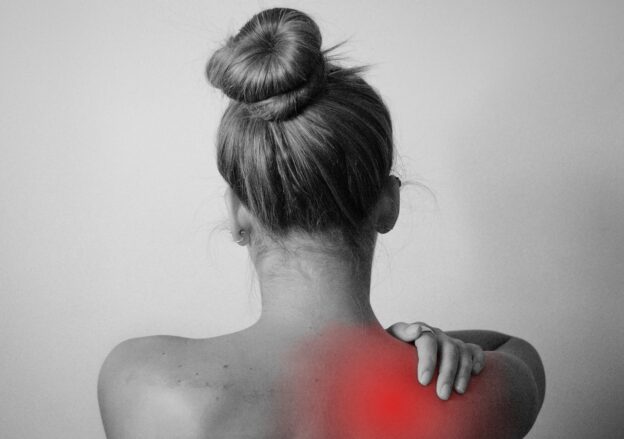Chronic back pain, neck pain, fibromyalgia, repetitive strain injuries, headaches, migraines and other forms of chronic pain are often not the result of structural causes, but of psychophysiological processes that can be reversed. Additional syndromes that are examples of neuroplastic pain include Complex Regional Pain Syndrome and Central Sensitization Disorder.
Pain is a danger signal. Normally when we injure ourselves, the body sends signals to the brain to inform us of tissue damage, and we feel pain. But sometimes, the brain mistakenly interprets physical sensations as a danger signal. Neuroplastic pain results from the brain misinterpreting safe messages from the body as if they were dangerous.
In other words, neuroplastic pain is a false alarm.
Chronic Pain is Not Imaginary
Though chronic pain can be addressed psychologically, this does not imply that the pain is imaginary. In fact, brain imaging studies have repeatedly demonstrated that chronic pain is real, complex, and clearly reflected in imaging studies.
Pain is often the result of learned neural pathways in the brain. And just as pain can be learned, it can also be unlearned. The most effective method to “unlearn” chronic pain is Pain Reprocessing Therapy, otherwise known as PRT.
There are three steps to the PRT process. Step one includes detailed pain education regarding the way neuroplastic pain becomes chronic, and the complex ways in which emotional difficulties such as anger, grief and trauma are implicated.
About Chronic Pain Education
Pain education requires empathy and compassion in the delivery of the information, as individuals often feel invalidated when learning about this phenomenon. Having been told “there’s nothing wrong with you” and “this is all in your head”, individuals are understandably resistant to this information.
Secondly, a simple mindfulness practice called Somatic Tracking is taught, whereby the individual is encouraged to “notice” their pain. This is a brief period of 5-10 minutes, whether the pain increases, decreases, moves or changes in nature – for example from throbbing to shooting pain.
Finally, physical movement is the third component of PRT. People living with chronic pain are frighted to exacerbate their pain sensations or debilitate themselves further. I encourage pain patients to move more, in whatever way they may enjoy. This is often a slow process, requiring direct discussion about the fear of increased pain.
The Importance of Physical Movement
A helpful way to teach the importance of physical movement is called “avoiding avoidance”. Individuals are encouraged to notice when they respond to fear and move in the direction of their anxiety, instead of away from it.
The combination of pain education, somatic tracking, and physical movement form a powerful treatment for individuals living with chronic pain.
Awakenings Treatment Center provides holistic treatment for pain relief. You can stop the progression of pain and disability before it goes any further. Contact our Admissions Team via our website, or call: 833-832-7176.








